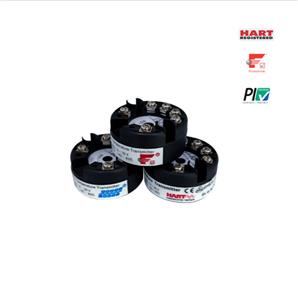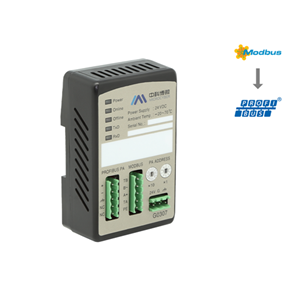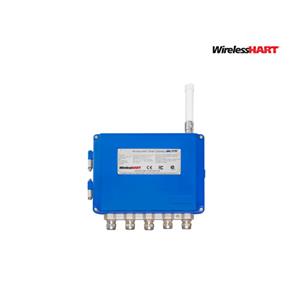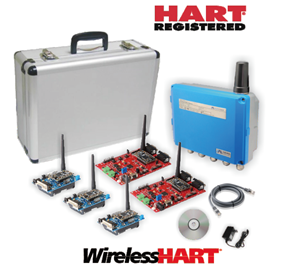The application principle of the pressure transmitter can be clearly and point by point summarised from the following aspects:
The application principle of the pressure transmitter can be clearly and point by point summarised from the following aspects:
One:Overview
Pressure transmitter is a kind of equipment that converts pressure into pneumatic signal or electric signal for control and remote transmission. It can feel the pressure measuring element sensor gas, liquid and other physical pressure parameters into standard electrical signals, such as 4 ~ 20mA DC, etc., in order to supply the indication of the alarm, recorder, regulator and other secondary instruments for measurement, indication and process regulation.
Two: Application Principle
1. Pressure measurement principle:
Pressure transmitter through the built-in sensor to sense the pressure of the measured medium. Commonly used pressure sensors are resistance strain gauge, capacitive, piezoelectric and so on.
When the measured medium acts on the sensor, the sensor will undergo a corresponding deformation or change in electrical properties, thus reflecting the size of the measured pressure.
2. Signal conversion principle:
The pressure signal sensed by the sensor needs to be converted into a standard electrical signal for subsequent processing and transmission.
This conversion process is usually completed by the transmitter's internal electronic circuitry, the converted electrical signals are usually analogue signals, such as voltage or current signals, can also be digital signals.
3. Signal processing and output:
The converted electrical signals require further processing to eliminate noise, improve accuracy and linearise.
The processed signals are output through an output circuit and can be either analogue or digital. Analogue signals are usually used in traditional control systems, while digital signals are more suitable for modern computer control systems.
Third, the working characteristics
Stability: the pressure transmitter should remain stable over a long period of time, and the output signal should not drift over time.
Accuracy: the transmitter should be able to accurately reflect the measured pressure changes, the error should be within the allowable range.
Fast response: for the rapid change of pressure, the transmitter should be able to respond quickly and output the corresponding signal.
Anti-interference ability: in the complex working environment, the transmitter should have a certain anti-interference ability to ensure the accuracy of the measurement results.
Fourth, the field of application
Pressure transmitters are widely used in various industries, such as petrochemical, water treatment, environmental monitoring, energy management, medical equipment and so on. In these fields, pressure transmitters are used to monitor and control the pressure of various fluid media to ensure the safety and stability of the production process.
Fifth. Summary
Pressure transmitter through its internal sensors to sense the pressure of the measured medium, and through the electronic circuit will be converted into a standard electrical signal output. It has good stability, high accuracy, fast response time and other characteristics, and is widely used in various fields of pressure monitoring and control.




